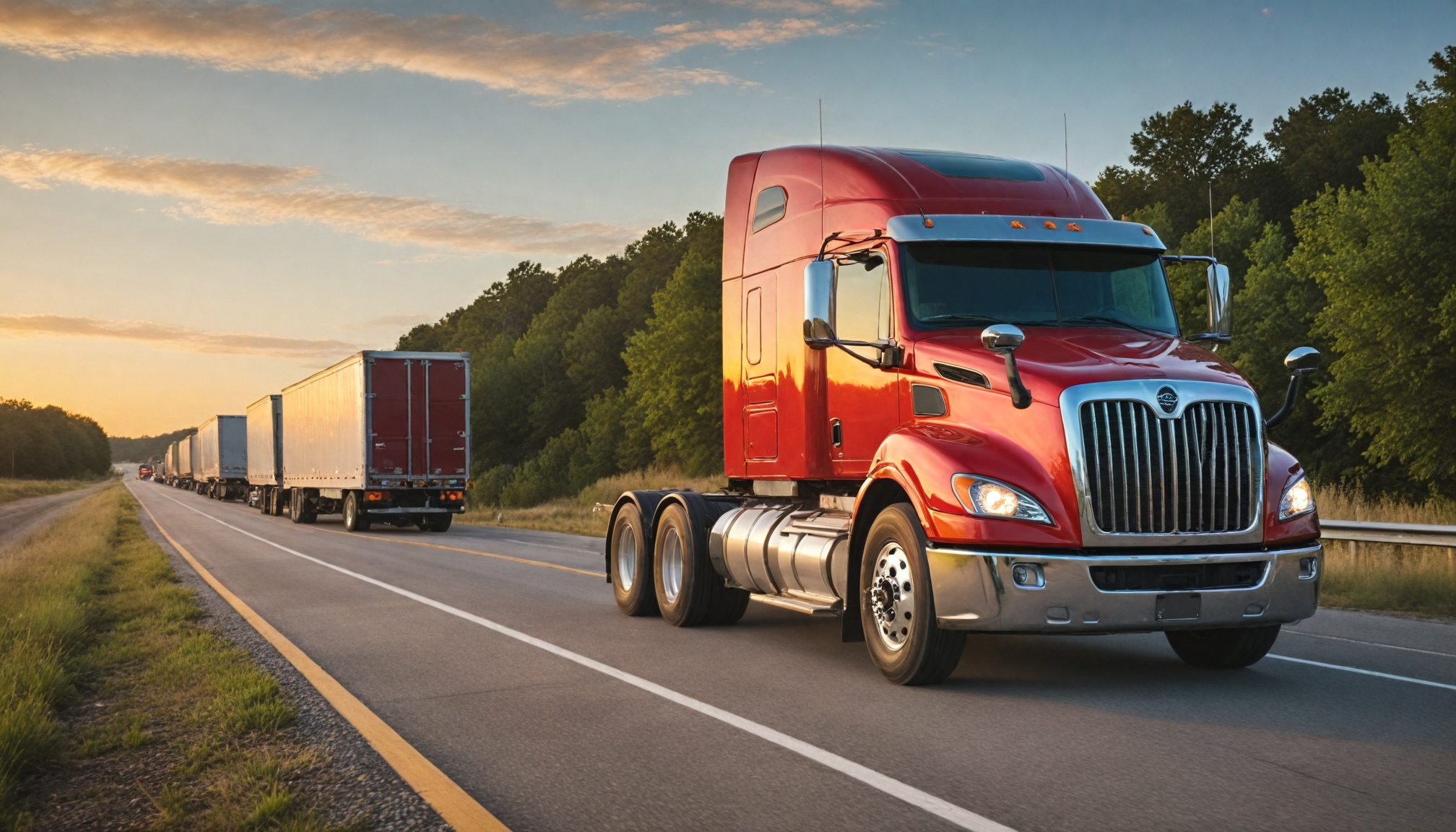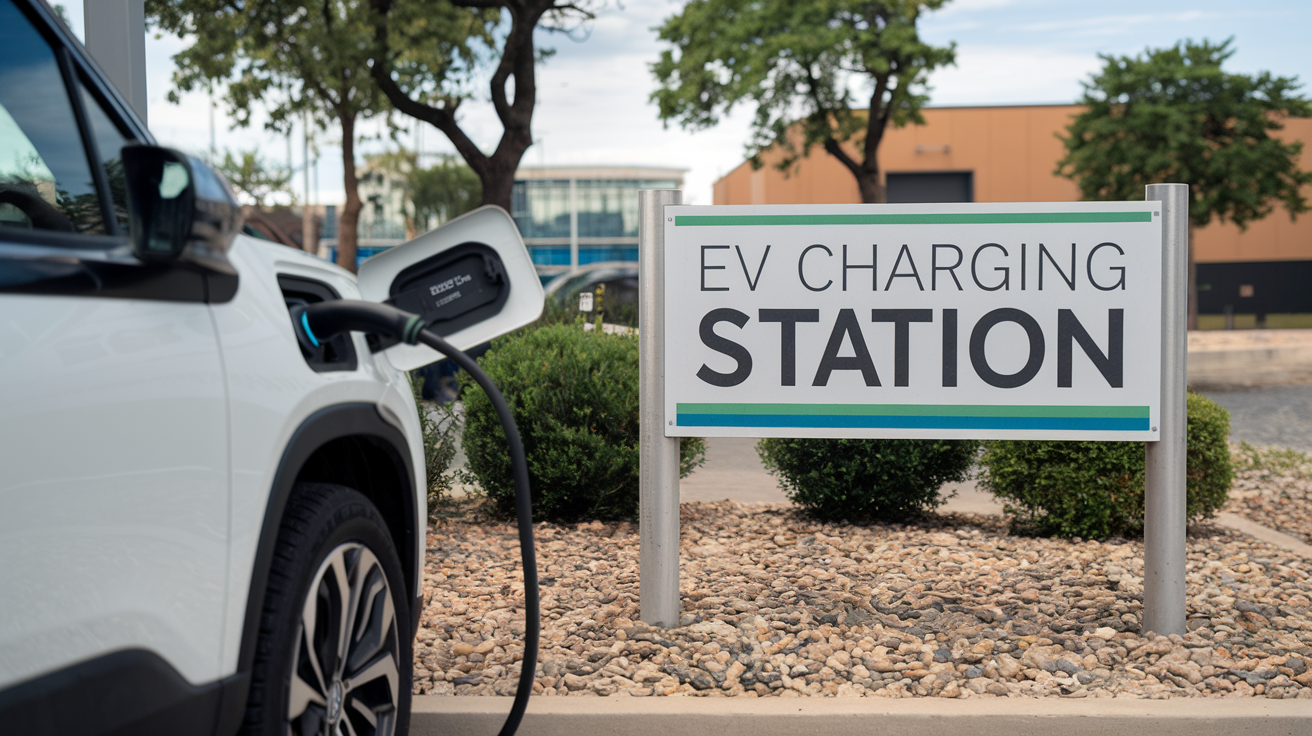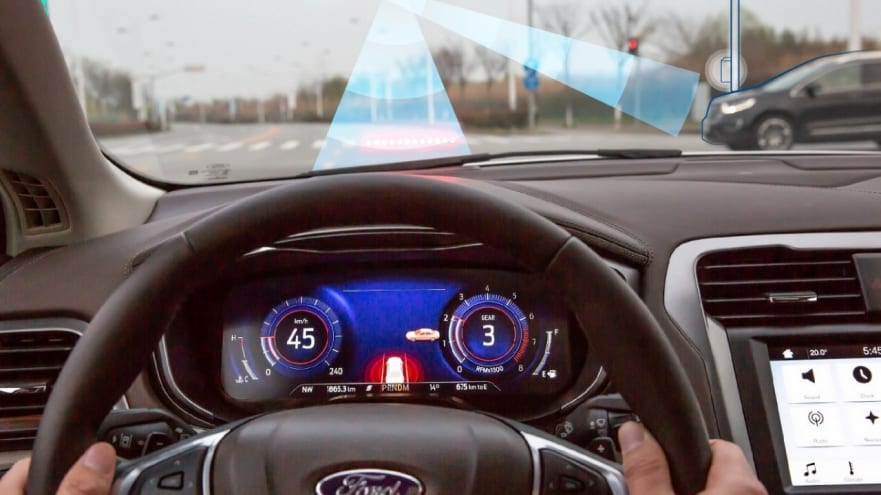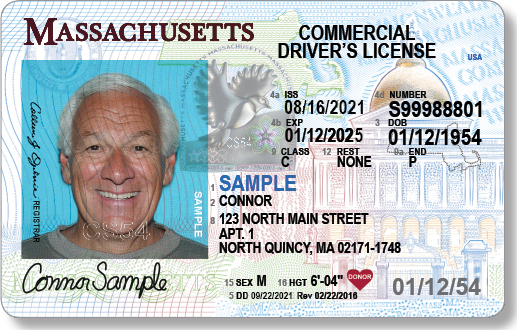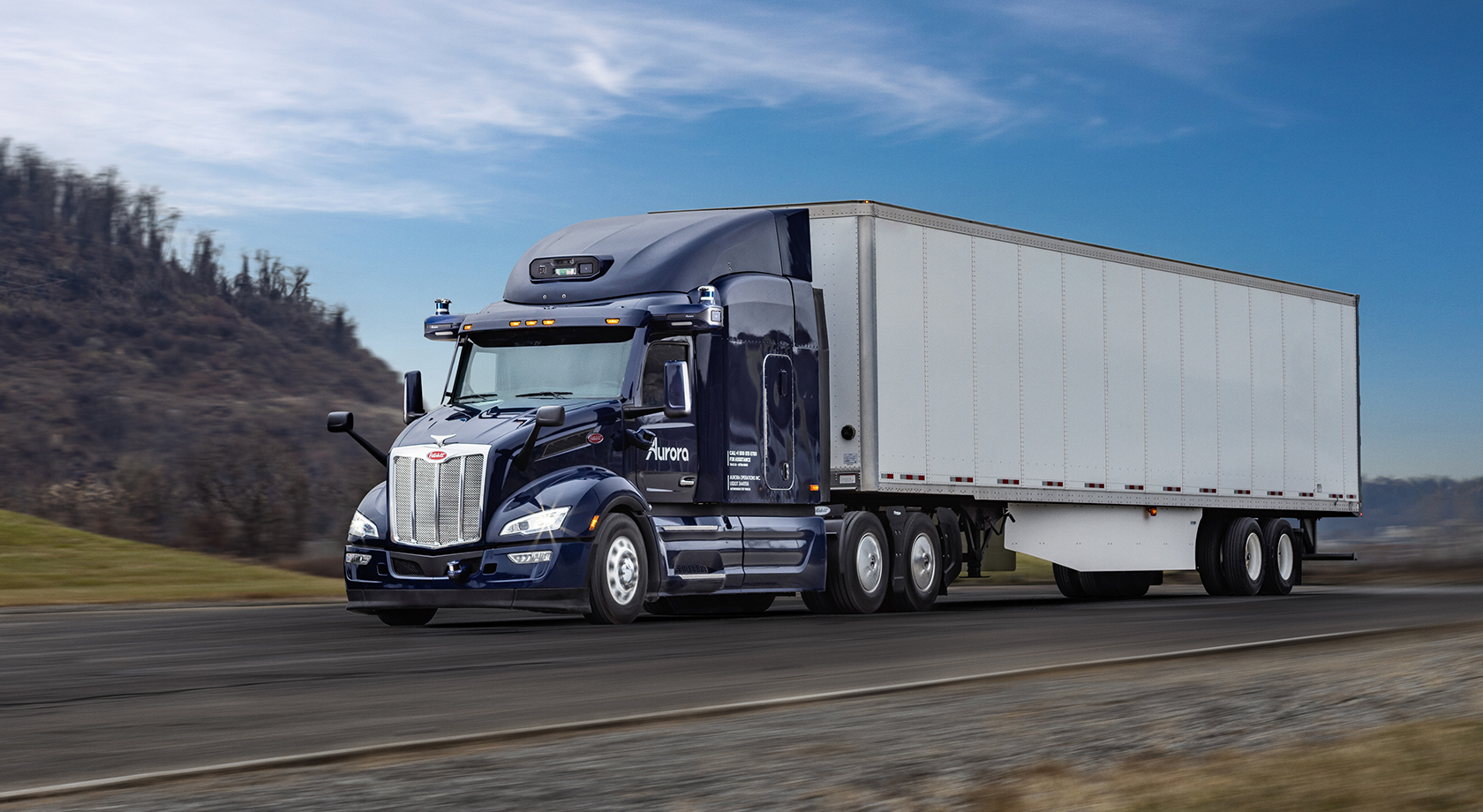
Aurora launches fully autonomous trucks in Texas, addressing driver shortages with cutting-edge tech that can detect hazards four football fields away.

Drivetech Partners
Aurora Innovation's launch of fully autonomous Class 8 trucks on Texas highways marks a revolutionary milestone in the freight transportation industry. Operating between Dallas and Houston, these driverless trucks have already logged over 1,200 miles in their first week of commercial service, demonstrating the viability of autonomous technology as a solution to America's growing truck driver shortage.
Key Takeaways
Aurora's first commercial driverless service connects Dallas and Houston, with plans to expand to El Paso and Phoenix by end of 2025
The technology addresses the critical driver shortage of 78,000 unfilled positions projected to reach 170,000 by 2030
Advanced sensor systems can detect hazards up to four football fields away in all lighting conditions
Texas has positioned itself as a national leader in autonomous transportation technology and regulation
Despite technological advances, public trust remains low with only 13% of Americans expressing confidence in self-driving vehicles
Aurora's Autonomous Trucking Solution
The transportation landscape changed forever when Aurora Innovation launched commercial driverless operations on Texas highways in May 2025. This milestone represents the first deployment of fully autonomous Class 8 trucks on U.S. public roads for actual freight deliveries. Initial operations connect Dallas and Houston, with both Hirschbach Motor Lines and Uber Freight signing on as launch customers.
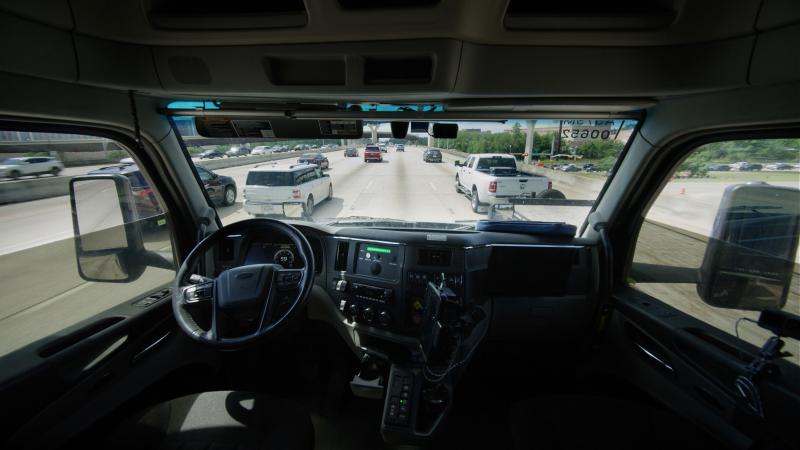
The immediate success of the program is evident, with more than 1,200 driverless miles completed in the first week alone. This isn't a temporary experiment but the beginning of a planned expansion, with routes to El Paso and Phoenix scheduled by the end of 2025. North Texas has become the operational hub for this ambitious project, cementing the region's status as a focal point for autonomous vehicle development.
Solving America's Growing Truck Driver Crisis
Aurora's autonomous trucks arrive at a critical juncture for the U.S. freight industry. The current truck driver shortage exceeds 78,000 unfilled positions nationwide, with projections suggesting this gap could widen to 170,000 by 2030. Several factors contribute to this crisis, including an aging workforce (56% of drivers are over 45), poor work-life balance, and minimal female representation (only 12% of the driving workforce).
These personnel shortages have created significant supply chain bottlenecks, resulting in increased costs and delivery delays across multiple industries. Aurora's autonomous solution offers a compelling alternative: 24/7 operation without human driving time limits. The technology has already proven reliable, with over 10,000 customer loads delivered during supervised pilot programs prior to full commercial deployment.
Advanced Technology Behind Aurora's Self-Driving Trucks
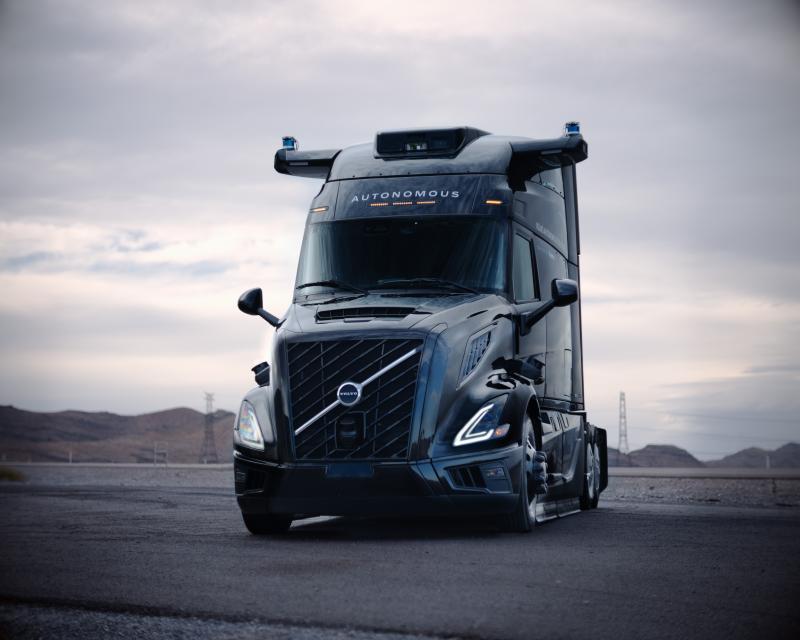
The Aurora Driver system represents a technological breakthrough in autonomous transportation. Its comprehensive sensor suite can detect hazards up to 400 yards away—equivalent to four football fields—in all lighting conditions. This capability significantly exceeds human visual perception, particularly at night or in adverse weather.
The AI system powering these trucks demonstrates remarkable predictive abilities, anticipating high-risk behaviors like red-light running and minimizing "phantom braking" scenarios that plague many autonomous systems. Safety validation comes from three million miles of piloted autonomous operation before commercial launch, creating a system that eliminates human fatigue and distraction factors that frequently contribute to accidents.
Economic Impact and Texas Leadership
Texas has strategically positioned itself as a national leader in technology and logistics innovation, creating a regulatory environment that encourages autonomous vehicle development. Governor Abbott has publicly supported autonomous vehicles as a means to boost efficiency and safety across the state's extensive transportation network.
The North Texas Mobility Innovation Zone has become a magnet for autonomous vehicle companies, creating a concentration of expertise and resources. The economic benefits extend beyond technology companies; removing driver costs could stabilize or lower shipping rates amid inflation, while simultaneously creating new jobs in maintenance, logistics coordination, and technical support.
Regulatory Framework and Compliance Challenges
Aurora's launch didn't happen in a regulatory vacuum. The company coordinated extensively with the Federal Motor Carrier Safety Administration (FMCSA) and National Highway Traffic Safety Administration (NHTSA) before launching operations. Texas, New Mexico, and Arizona have created permissive regulatory frameworks for driverless vehicle operations, making the Sun Belt corridor ideal for initial deployment.
The road hasn't been completely smooth—Aurora received a denial for exemption from certain warning device regulations but committed to full compliance. Regulatory uncertainty remains a challenge as technology development continues to outpace legislation. Ongoing dialogue with lawmakers and agencies will be critical for the industry's continued growth.
Public Trust and Safety Concerns
Despite technological advances, public acceptance remains a significant hurdle. A recent AAA survey reveals that over 60% of Americans fear self-driving vehicles, with only 13% expressing trust in the technology. Public concerns include interaction with traditional vehicles, software reliability, and cybersecurity vulnerabilities.
Aurora's extensive testing—three million autonomous miles and comprehensive safety validation—aims to address these fears through demonstrated performance. The system prioritizes safety with redundant features and conservative driving behaviors, but building public confidence will require time and a proven safety record.
The Future of Trucking Jobs
The advent of autonomous trucking raises valid concerns about job displacement for the 3.5 million professional truck drivers in the U.S. However, Aurora and industry leaders emphasize that automation will augment rather than entirely replace human drivers in the foreseeable future.
Short-haul, local delivery, and specialized freight transportation will likely remain human-operated for decades to come. Meanwhile, new positions are emerging in:
Remote monitoring and fleet management
Freight planning and logistics coordination
Autonomous vehicle maintenance and support
Transportation technology development
The industry transition is expected to be gradual rather than an immediate displacement, giving the workforce time to adapt and develop new skills.
The Road Ahead: Expansion Plans and Industry Implications
Following its Texas success, Aurora is planning expansion to additional Sun Belt states, triggering competitive responses from other autonomous trucking companies. Industry analysts project that autonomous trucks could handle 80% of long-haul routes by 2030, fundamentally transforming freight economics.
Infrastructure development is also evolving, with specialized autonomous truck lanes under consideration in several states. The financial implications are substantial—freight costs could decrease by up to 30% with widespread adoption, creating ripple effects throughout the supply chain and potentially lowering consumer prices.
Aurora's commercial launch on Texas highways represents not just a technological achievement but the beginning of a transportation revolution that will reshape logistics, employment patterns, and economic structures across America.
Sources
Aurora - Aurora Begins Commercial Driverless Trucking in Texas
TechCrunch - Aurora launches commercial self-driving truck service in Texas
Electrek - Aurora is first company to deploy self-driving trucks on public roads
Ryder - Truck Driver Shortage Facts
D Magazine - A New Era of Driverless Trucking Just Launched in Dallas
